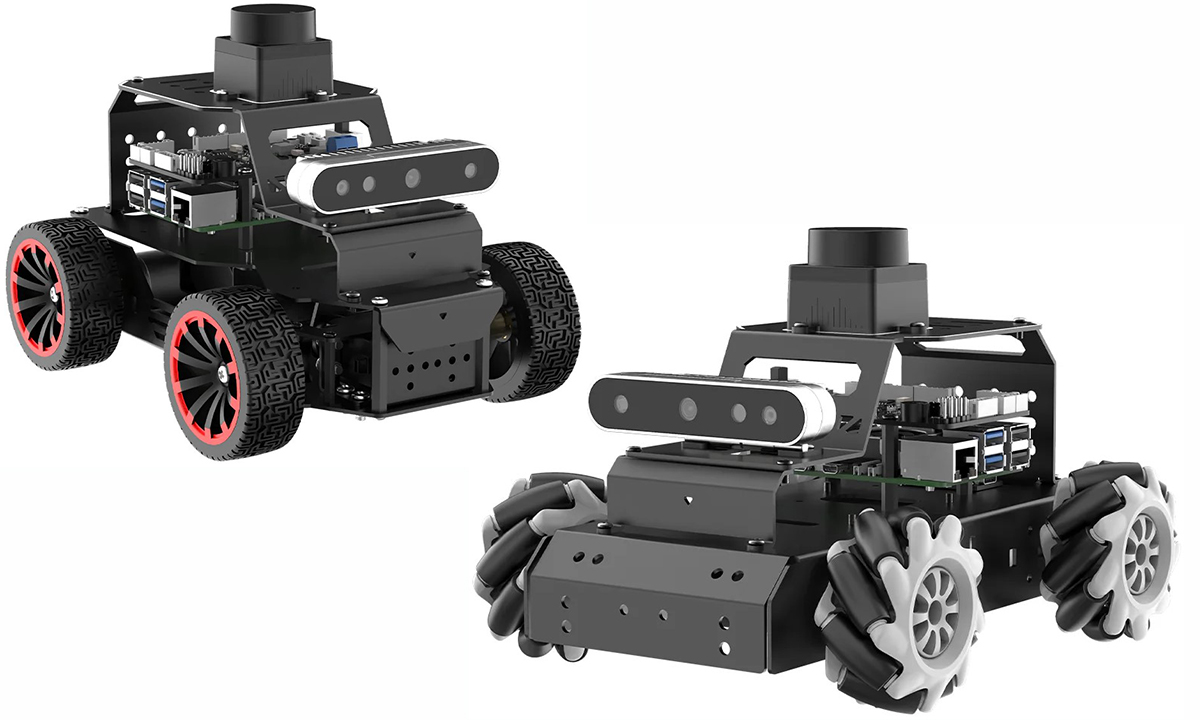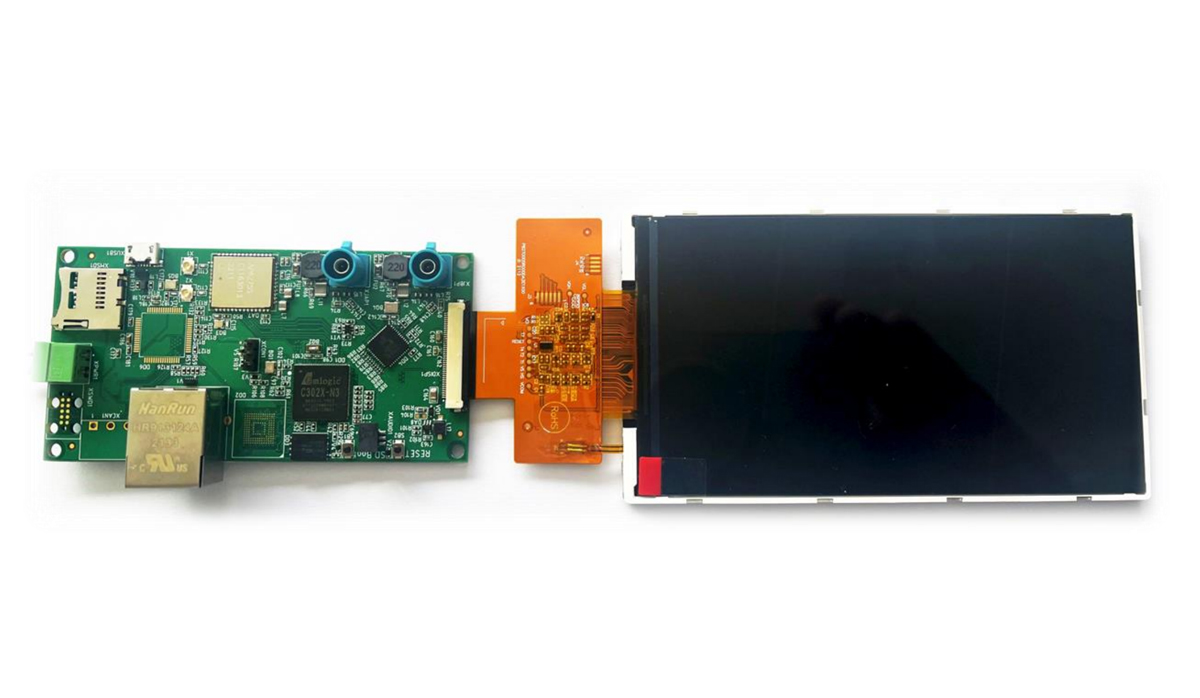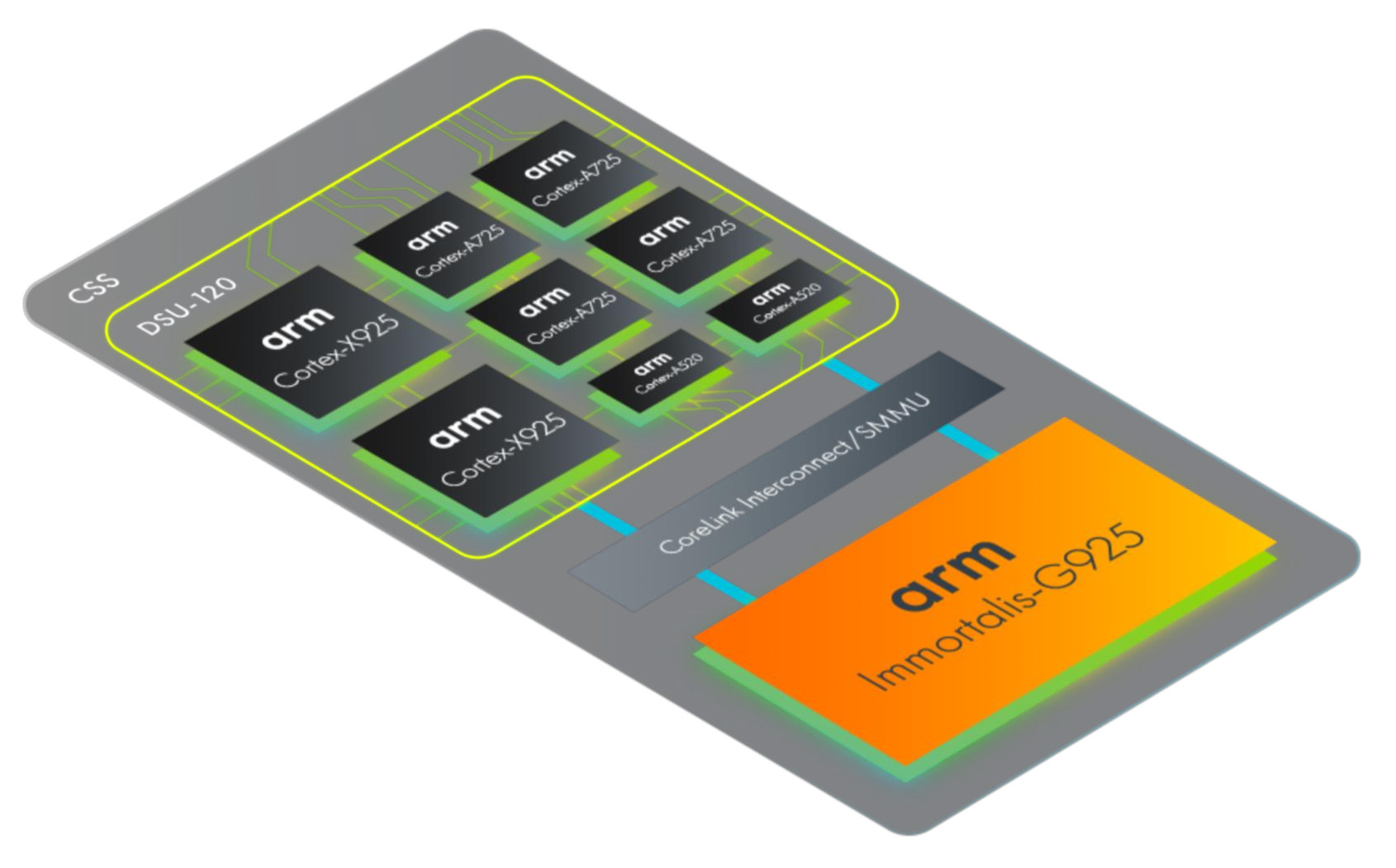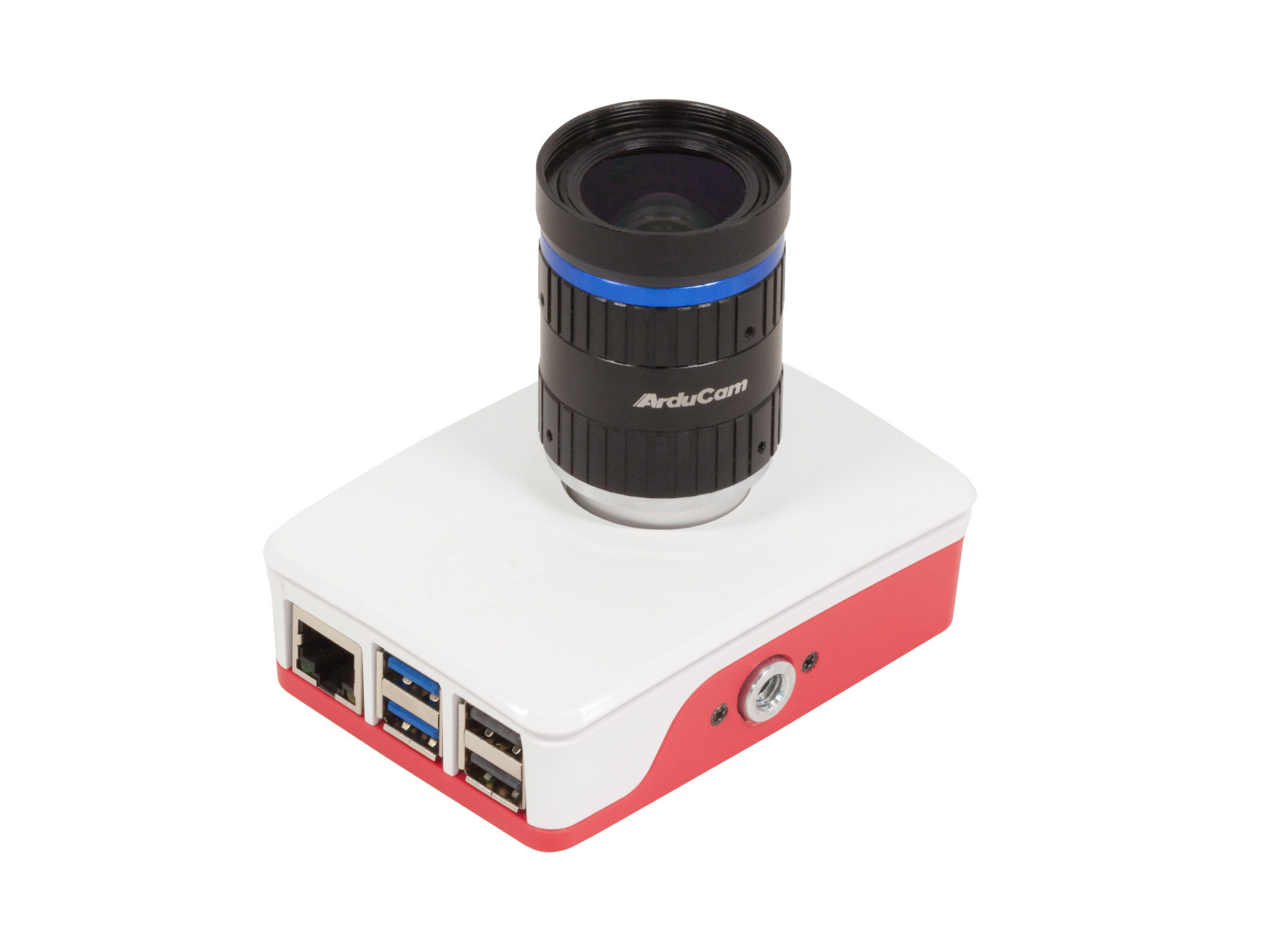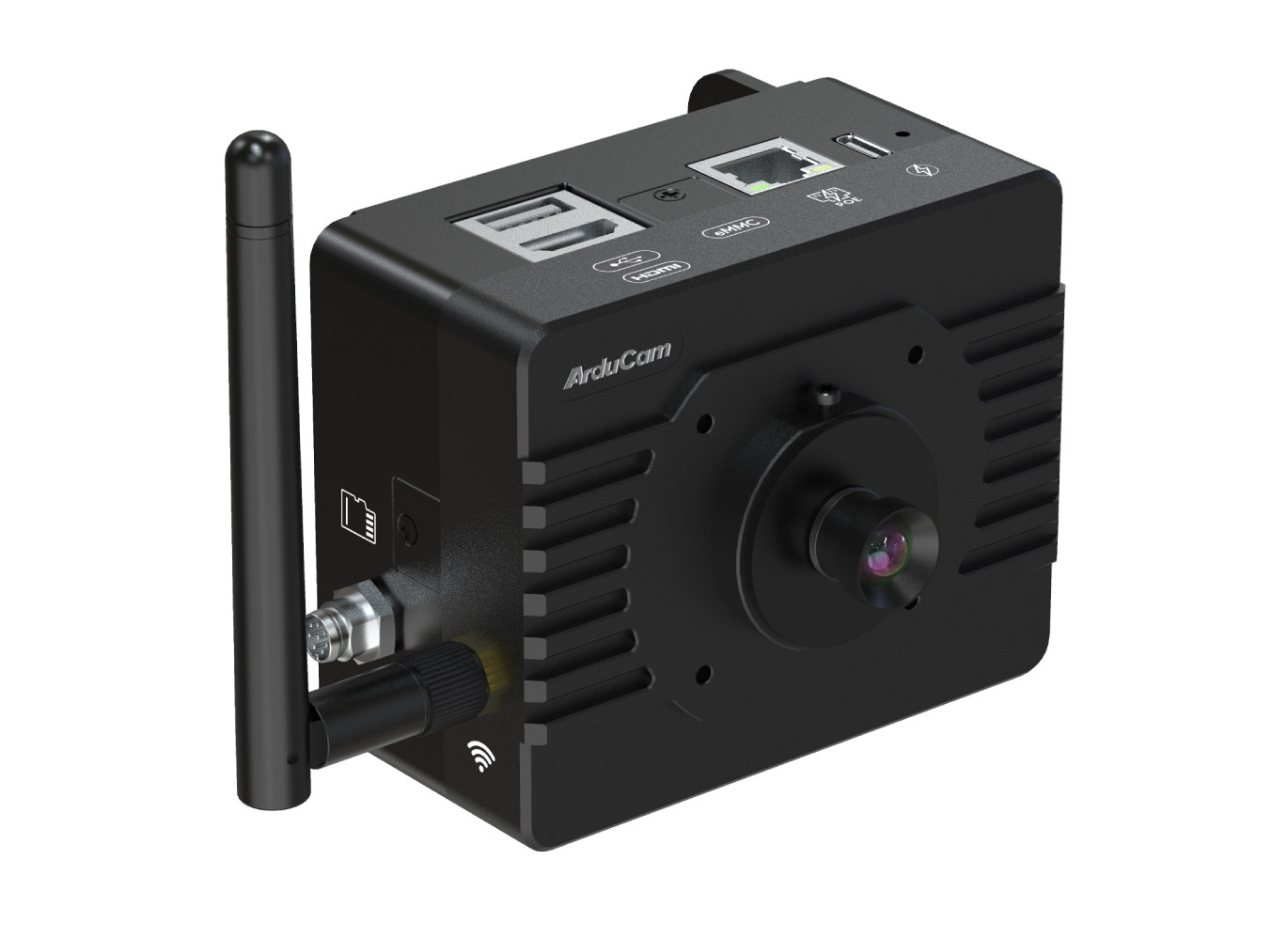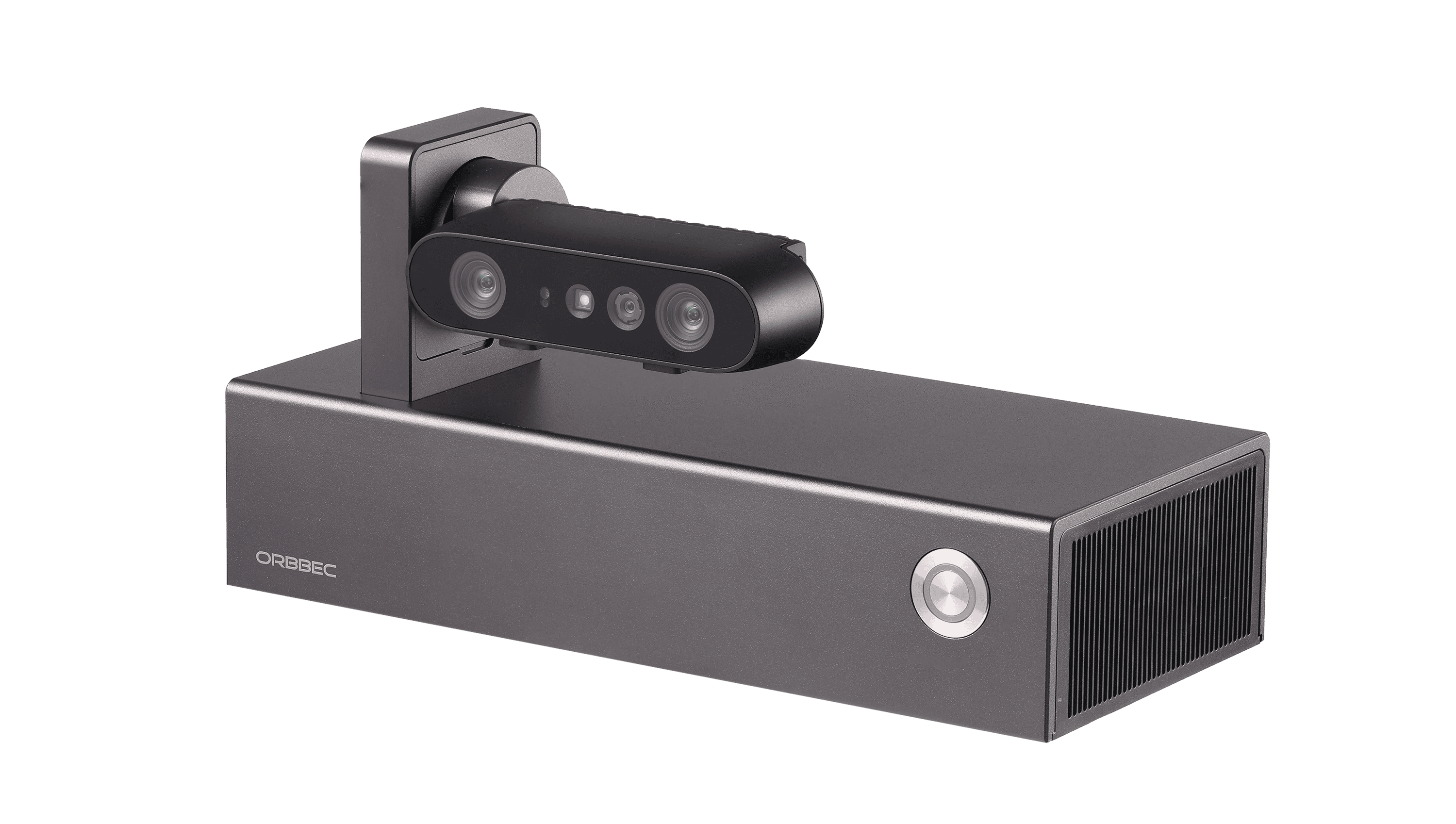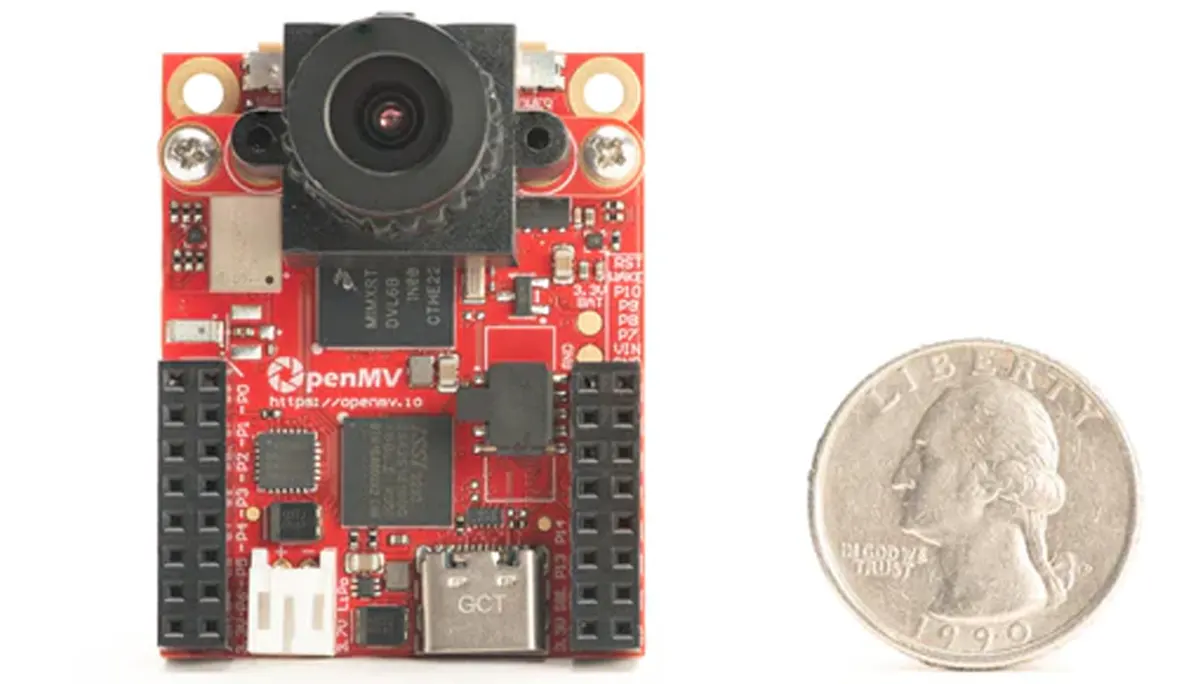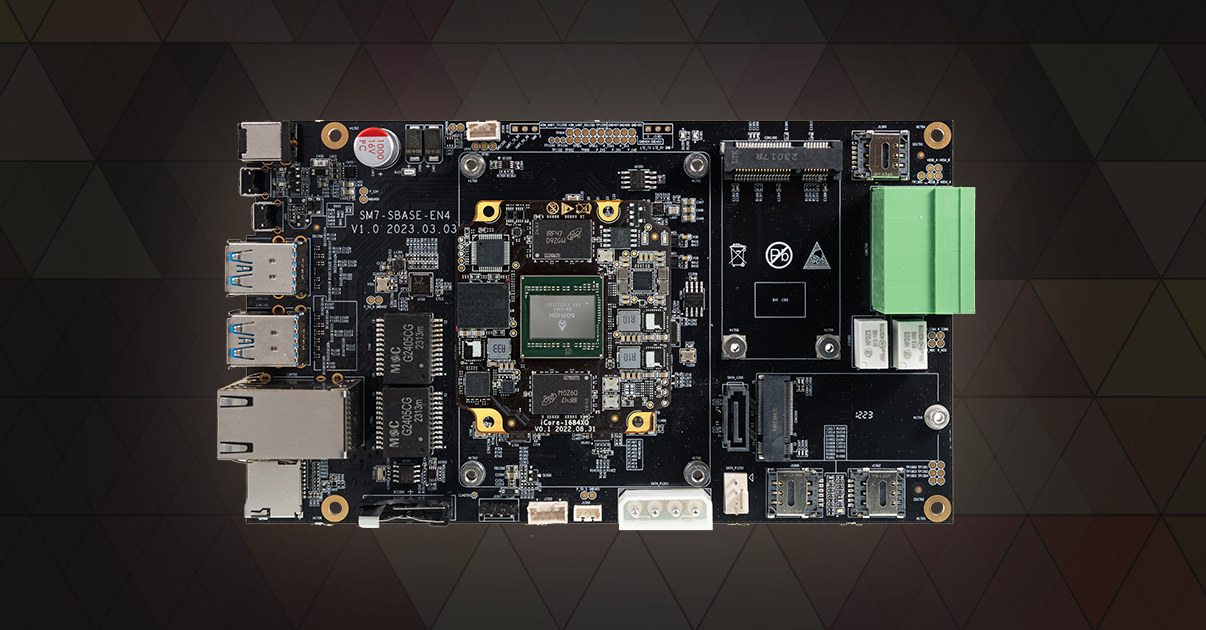MentorPi is a ROS2-compatible robot car powered by the Raspberry Pi 5, designed for AI-driven robotics and Python programming. It offers two chassis options: MentorPi-M1, which features a Mecanum-wheel chassis, and MentorPi-A1, equipped with an Ackermann chassis. Both variants come with high-performance components such as closed-loop encoder motors, STL-19P TOF lidar, 3D depth cameras, and high-torque servos. These enable precise navigation, SLAM mapping, path planning, and dynamic obstacle avoidance, making MentorPi an ideal platform for robotics tasks. The system utilizes a dual-controller architecture to optimize performance. The Raspberry Pi 5 handles AI vision processing and strategic functions, while Hiwonder’s RRC Lite expansion board manages motion control and sensor data processing. This task distribution enhances efficiency in machine vision, AI-powered navigation, and robotic control, allowing MentorPi to tackle complex AI and vision-based applications with ease. MentorPi also supports advanced features like 3D visual mapping and YOLOv5-based object detection for recognizing road […]
Amlogic C302X embedded AI camera kit features GMSL2 connectors, Ethernet, WiFi, BLE, and CAN Bus interface
The DAB Embedded CAMKIT-AML302-IMX462, is a compact AI camera kit built around the Amlogic C302X processor with 256MB DDR3 on-chip (SiP) and designed for image processing and machine learning applications. The board also includes GMSL2 interfaces that add support for a range of Sony camera sensors, including global shutter and 3D options. Additionally, it has 100Mbit LAN, Wi-Fi, BLE, and CAN bus connectivity which makes this board useful for various computer vision applications. Previously we have written about similar camera kits including the Pivistation 5, the OpenCV AI Kit Lite, the e-con Systems 360° Camera Kit, and much more Feel free to check those out if you are interested in the topic. DAB Embedded CAMKIT-AML302-IMX462 specifications Processor – Amlogic C302X CPU – Dual Core ARM Cortex-A35 2 TOPS Neural Processing Unit (NPU) OpenCV (Hardware Accelerator) Video Encoder – H.264/H.265/JPEG ISP – High-performance, up to 5MP with HDR System Memory – 256MB […]
Arm unveils Cortex-X925 and Cortex-A725 CPUs, Immortalis-G925 GPU, Kleidi AI software
Arm has just announced new Armv9 CPUs and Immortalis GPUs for mobile SoCs, as well as the Kleidi AI software optimized for Arm CPUs from Armv7 to Armv9 architectures. New Armv9.2 CPU cores include the Cortex-X925 “Blackhawk” core with significant CPU and AI performance improvements, the Cortex-A725 with improved performance efficiency, and a refreshed version of the Cortex-A520 providing 15 percent efficiency improvements. Three new GPUs have also been introduced namely the up-to-14-core Immortalis-G925 flagship GPU which delivers up to 37% 3D graphics performance improvements over last year’s 12-core Immortalis-G720, the Mali-G725 with 6 to 9 cores for premium mobile handsets, and the Mali-G625 GPU with one to five cores for smartwatches and entry-level mobile devices. Arm Cortex-X925 The Arm Cortex-X925 delivers 36 percent single-threaded peak performance improvements in Geekbench 6.2 against a Cortex-X4-based Premium Android smartphone, and about 41 percent better AI performance using the time-to-first token of tiny-LLama […]
Pivistation 5 – A Raspberry Pi 5 Camera Kit to quickly get started with computer vision (Crowdfunding)
Arducam Pivistation 5 is an all-in-one Raspberry Pi 5 camera kit that aims to provide a turnkey hardware and software solution to quickly get started with computer vision applications and offered with a choice of camera sensors designed for various applications. The system looks like a Raspberry Pi 5 SBC housed in the official case fitted with a camera. Three models are available, namely the “Hawkeye” featuring a high-resolution 64MP autofocus camera, the “Darksee” with an 8MP camera sensor with ultra low-light sensitivity, and the “Klarity” with a 20MP camera with fixed focus and a large 1-inch sensor. Pivistation 5 specifications All the cameras above rely on a rolling shutter, but the company is also working on the upcoming Arducam Pivistation 5 Swift model that includes a global shutter for robotics applications. Besides the pre-assembled hardware, the Arducam Pivistation 5 family aims to quicken the development process with pre-installed software […]
Arducam KingKong – A Raspberry Pi CM4-based Edge AI camera with global shutter sensor, Myriad X AI accelerator
ArduCam KingKong is a Smart Edge AI camera based on the Raspberry Pi CM4 and system-on-module based on Intel Myriad X AI accelerator that follows the Raspberry Pi 5-powered Arducam PiINSIGHT camera introduced at the beginning of the year. The new product launch aims to provide a complete Raspberry Pi-based camera rather than an accessory for the Raspberry Pi 4/5. Smart cameras built around the Raspberry Pi CM4 are not new as we previously covered the EDATEC ED-AIC2020 IP67-rated industrial AI Edge camera and the StereoPi v2 stereoscopic camera used to create 3D video and 3D depth maps. The ArduCam KingKong adds another option suitable for computer vision applications with an AR0234 global shutter module, PoE support, and a CNC metal enclosure. ArduCam KingKong specifications: SoM – Raspberry Pi Compute Module 4 (CM4) by default CM4104000 Wireless 4GB RAM Lite (0GB eMMC). AI accelerator – Luxonis OAK SOM BW1099 based on Intel […]
Persee N1 – A modular camera-computer based on the NVIDIA Jetson Nano
The Persee N1 is a modular camera-computer kit recently launched by 3D camera manufacturer, Orbbec. Not too long ago, we covered their 3D depth and RGB USB-C camera, the Femto Bolt. The Persee N1 was designed for 3D computer vision applications and is built on the Nvidia Jetson platform. It combines the quad-core processor of the Jetson Nano with the imaging capabilities of a stereo-vision camera. The Jetson Nano’s impressive GPU makes it particularly appropriate for edge machine learning and AI projects. The company also offers the Femto Mega, an advanced and more expensive alternative that uses the same Jetson Nano SoM. The Persee N1 camera-computer also features official support for the open-source computer vision library, OpenCV. The camera is suited for indoor and semi-outdoor operation and uses a custom application-specific integrated circuit (ASIC) for enhanced depth processing. It also provides advanced features like multi-camera synchronization and IMU (inertial measurement […]
OpenMV CAM RT1062 camera for machine vision is programmable with MicroPython
Following the success of the OpenMV Cam H7 and the original OpenMV VGA Camera, OpenMV recently launched the OpenMV CAM RT1062 powered by NXP’s RT1060 processor. This new camera module integrates a range of features, including a high-speed USB-C (480Mbps) interface, an accelerometer, and a LiPo connector for portability. Similar to its predecessor, this camera module also features a removable camera system, and it is built around the OV5640 image sensor which is more powerful in terms of resolution and versatility. However, the previous Omnivision OV7725 sensor, used in the OpenMV Cam H7 has a far superior frame rate and low-light performance. OpenMV provides a Generic Python Interface Library for USB and WiFi Comms and an Arduino Interface Library for I2C, SPI, CAN, and UART Comms which can be used to interface your OpenMV Cam to other systems. To program the board, you can use MicroPython 3 with OpenMV IDE, […]
Firefly AIO-1684XQ motherboard features BM1684X AI SoC with up to 32 TOPS for video analytics, computer vision
Firefly AIO-1684XQ is a motherboard based on SOPHGO SOPHON BM1684X octa-core Cortex-A53 AI SoC delivering up to 32TOPS for AI inference, and designed for computer vision applications and video analytics. The headless machine vision board is equipped with 16GB RAM, 64GB eMMC flash, and 128MB SPI flash, and comes with a SATA 3.0 port, dual Gigabit Ethernet, optional 4G LTE or 5G modules, four USB 3.0 ports, and a terminal block with two RS485 interface, two relay outputs, and a few GPIOs. Firefly AIO-1684XQ specifications: SoC – SOPHGO SOPHON BM1684X CPU – Octa-core Arm Cortex-A53 processor @ up to 2.3 GHz TPU – Up to 32TOPS (INT8), 16 TFLOPS (FP16/BF16), 2 TFLOPS (FP32) VPU Up to 32-channel H.265/H.264 1080p25 video decoding Up to 32-channel 1080p25 HD video processing (decoding + AI analysis) Up to 12-channel H.265/H.264 1080p25fps video encoding System Memory – 16GB LPDDR4x Storage 64GB eMMC flash 128MB SPI […]


